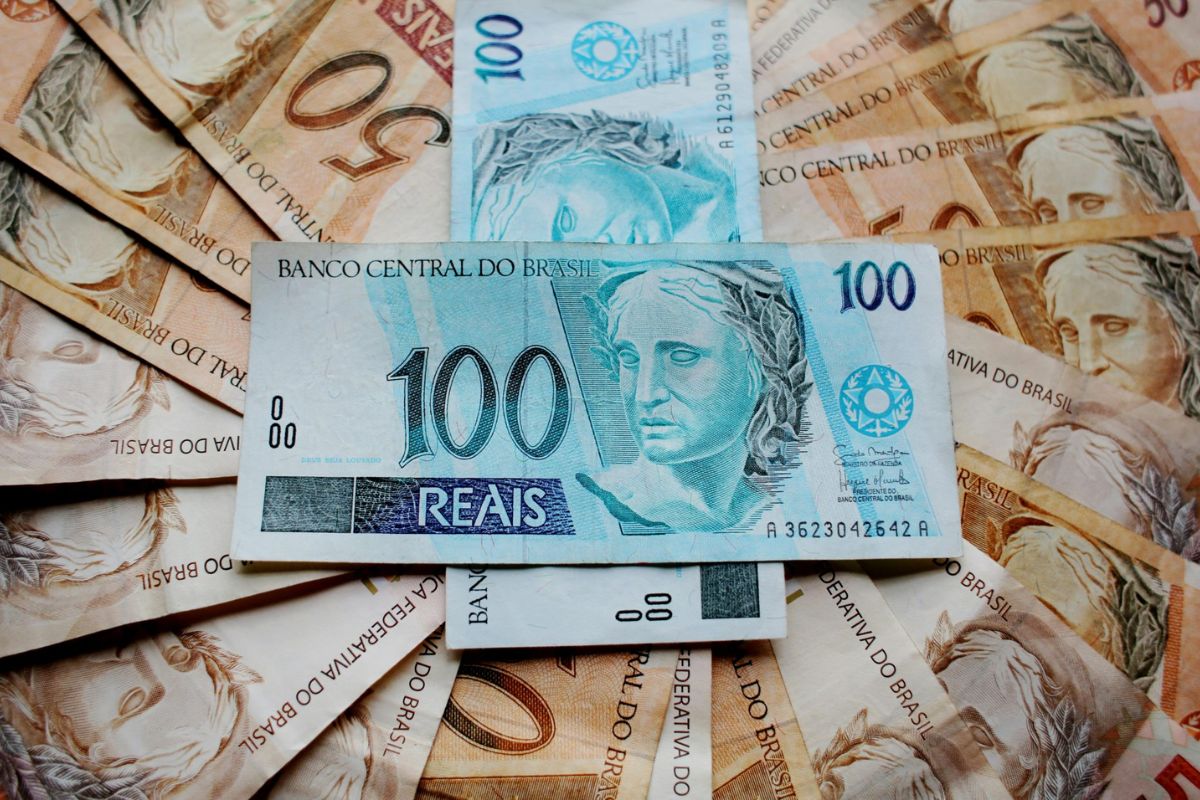

The trajectory of the dollar against the Brazilian real has been one of the central topics of economic debate in Brazil, reflecting both domestic and external factors. The appreciation of the U.S. currency does not occur in isolation but rather as a consequence of a complex interaction between global monetary policy, internal macroeconomic conditions, and the international geopolitical environment.
For 2025, the exchange rate scenario remains uncertain, but analyzing its key drivers allows us to outline possible directions for Brazil’s exchange rate.
First, it is essential to consider that the appreciation of the dollar throughout 2024 was driven by a combination of structural and cyclical factors, with some key elements standing out:
The first was the maintenance of high interest rates in the United States, which made dollar-denominated assets more attractive to global investors, increasing demand for the U.S. currency. According to Mauricio Mendes Dutra, this phenomenon, known as flight to quality, triggered a capital outflow from emerging markets like Brazil, putting pressure on the local currency.
The interest rate differential between Brazil and the U.S. also played a crucial role in this process. As the Brazilian Central Bank lowered the benchmark interest rate, it reduced the so-called carry trade—a strategy in which investors profit from differences in interest rates between countries. This decrease in speculative capital inflows into Brazil led to a reduction in the supply of dollars in the domestic market.
Additionally, fiscal uncertainty remains a key factor in Brazil’s risk perception, as difficulties in advancing structural reforms, coupled with a politically unstable scenario, directly impact the country’s attractiveness to foreign investors. Increased public spending without solid revenue countermeasures raises concerns about the sustainability of public debt, which tends to devalue the national currency.
Furthermore, Brazil’s high tax burden and complex regulatory environment continue to hinder the business climate, discouraging long-term investments and intensifying exchange rate volatility.
Finally, it is crucial to analyze the economic outlook of China and its impact on Brazilian commodity exports. As a major exporter to China, Brazil is directly affected by shifts in Chinese demand. Naturally, the slowdown in Chinese economic growth has reduced the demand for inputs such as soybeans and iron ore, putting downward pressure on prices and reducing the inflow of dollars into Brazil.
China’s diversification of global suppliers has also reduced its dependence on Brazilian exports, affecting the trade balance and contributing to a lower inflow of foreign currency.
Looking across the ocean, international conflicts, such as tensions in Eastern Europe and the Middle East, have driven greater demand for safe-haven assets like the U.S. dollar. Additionally, economic sanctions and trade embargoes have altered global financial flows, affecting emerging markets and adding volatility to exchange rates.
Three scenarios are on the horizon for 2025:
If Brazil advances with structural reforms and U.S. monetary policy begins an easing cycle, the real may strengthen. If the Chinese economy also shows signs of recovery, the exchange rate could retreat to between R$ 4.80 and R$ 5.10. In this scenario, Brazil could attract foreign investments, reducing exchange rate volatility and increasing economic predictability.
If U.S. interest rates remain high and Brazil struggles to contain fiscal and political challenges, the dollar could surpass R$ 6.00, creating an environment of greater economic instability. A high country risk could lead to capital flight, putting even more pressure on the national currency and making it harder for companies and the government to raise funds.
An intermediate scenario considers a slight adjustment in U.S. monetary policy and moderate progress in Brazil. In this case, the dollar could stabilize between R$ 5.30 and R$ 5.70. This scenario assumes a balance between risks and opportunities, where the exchange rate would fluctuate within a more predictable range, without major spikes in appreciation or depreciation.
The rise of the dollar has direct effects on the economy. On one hand, it benefits exporters by making Brazilian products more competitive abroad. On the other hand, it increases the cost of imported inputs, pressuring industry costs and inflation. The Brazilian productive sector, especially the industrial sector, may be severely impacted by the higher costs of components and raw materials acquired abroad, making domestic production less competitive globally.
To mitigate these impacts, Brazil needs to adopt strategies to strengthen its position in the global market. Investing in fiscal and administrative reforms will be essential to reduce country risk and attract foreign capital. Additionally, diversifying trade relations by expanding strategic partnerships with economies such as China and the BRICS bloc could help reduce dependence on the U.S. dollar. Strengthening the domestic capital market can also be an alternative to increase financing options for businesses, reducing the need for external funding.
Another crucial factor is Brazil’s foreign exchange reserve policy. Mauricio Mendes Dutra say Maintaining a robust volume of international reserves can serve as a tool to contain exchange rate volatility and provide greater security to investors. Furthermore, measures to stimulate foreign direct investment, such as regulatory improvements and incentives for innovation, could contribute to economic and exchange rate stability.
The behavior of the exchange rate in 2025 will depend on multiple factors, many of which are beyond Brazil’s control. However, well-planned domestic policies can contribute to a more stable environment that fosters economic growth, reducing the country’s vulnerability to global exchange rate fluctuations. The challenge for the government and economic agents will be to balance monetary, fiscal, and trade policies to minimize risks and maximize opportunities in an increasingly complex and dynamic global scenario.
A noticeable change from the usual French manicure is to add red tips to your…
The Trump Organization's online store has ignited a flurry of speculation by offering "Trump 2028"…
Many of us have been there: the credit card bill arrives, and the minimum payment…
Making the right selection in getting genuine Enterprise Resource Planning for the footwear industry is…
Most people associate autism with childhood characteristics which include avoiding eye contact and delayed speech…
The incorrect perception of Autism Spectrum Disorder along with its misrepresentation produces myths that block…